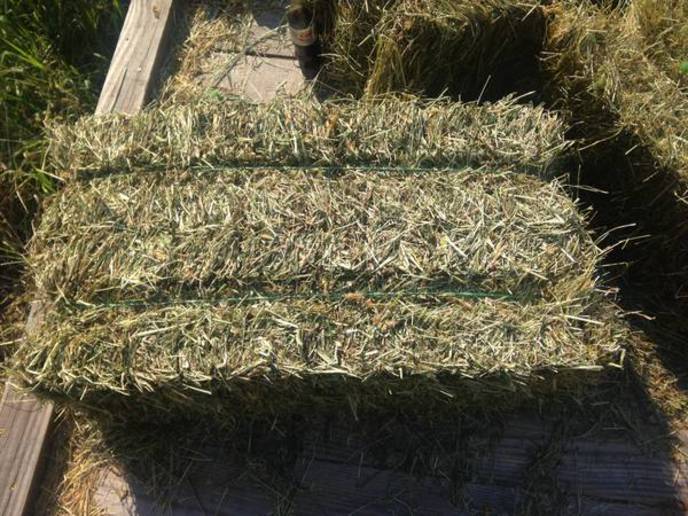IHplankton
Member
Just went through all of the adjustments on my baler from the manual. One needle and twine disc was way off and the wadboard was rubbing on the metal floor of the baler and not going in far enough. Stationary knife was rounded over and a few other minor things were out of adjustment.
Made a huge difference in bale/tying quality. Made nice solid consistent tight bales. Used it yesterday and it only one bale fell out loose with one side of the strings still mostly attached to the next bale.
Couple questions about adjustments:
1) the "knife" on the plunger has no edge profile. It's just flat like a peice of flatstock, manual says sharpen the knives....not sure how I should sharpen it if at all. I was guessing it functioned like a sickle mower, plunger was guide and stationary was a sickle section for the cutting action.
2)any tips on how to sharpen the twine knifes on the knotters? I tried to get in there with a flat file but there's barely any clearance at any part of the cycle. I see there riveted on and I can't see a way to pull only the knife arm out of the knotters.
3) the tops and bottoms of my bales (string sides) are kind of ragged looking, knife edge side is perfect and the side that is just pressed has a tuft the Suze of a good handful sticking out if the corner of every bale. Just wondering what makes those sides fluffy? I Removed The Hay Stops from The Bottom Of The Chamber Because They Were Broken And Cutting Twine Every Once In A while.
All in all it makes a fine bale but I'm selling my hay this year instead of using it so I'm trying to make the bakes as perfect as I can.
Thanks, Daniel
Made a huge difference in bale/tying quality. Made nice solid consistent tight bales. Used it yesterday and it only one bale fell out loose with one side of the strings still mostly attached to the next bale.
Couple questions about adjustments:
1) the "knife" on the plunger has no edge profile. It's just flat like a peice of flatstock, manual says sharpen the knives....not sure how I should sharpen it if at all. I was guessing it functioned like a sickle mower, plunger was guide and stationary was a sickle section for the cutting action.
2)any tips on how to sharpen the twine knifes on the knotters? I tried to get in there with a flat file but there's barely any clearance at any part of the cycle. I see there riveted on and I can't see a way to pull only the knife arm out of the knotters.
3) the tops and bottoms of my bales (string sides) are kind of ragged looking, knife edge side is perfect and the side that is just pressed has a tuft the Suze of a good handful sticking out if the corner of every bale. Just wondering what makes those sides fluffy? I Removed The Hay Stops from The Bottom Of The Chamber Because They Were Broken And Cutting Twine Every Once In A while.
All in all it makes a fine bale but I'm selling my hay this year instead of using it so I'm trying to make the bakes as perfect as I can.
Thanks, Daniel


